This fairly distinctive and furry moth occurs locally throughout a large part of Britain. While variable, it is generally larger than the Pale Brindled Beauty, with a thicker thorax and abdomen, and broader wings.
The adult moths can sometimes be found resting on tree trunks and fences by day but the male is also attracted to light late at night, sometimes in large numbers. The female is rarely seen.
Eggs are laid on various broadleaved trees and shrubs with caterpillars being found between early May and early July before pupating underground and emerging as an adult the following spring.
Flight Season
Flies in March to late May in one generation.
Size and Family
- Family – Geometridae
- Medium Sized
- Wingspan Range – 35-45mm
Conservation status
- UK BAP: Not listed
- Common resident
Caterpillar Food Plants
Caterpillars feed on a variety of different broadleaved trees and shrubs, including Birch (Betula), Hawthorn (Crataegus), Limes (Tilia), Elms (Ulmus), Sallow (Salix) and Alder (Alnus).
Habitat
Can be found in broadleaved woodland but also inhabits scrub, hedgerows, parks and even urban gardens.
Distribution
- Countries – England, Wales, Scotland and Ireland
- Well distributed and often frequent to abundant in the home counties of England but scarcer further north.
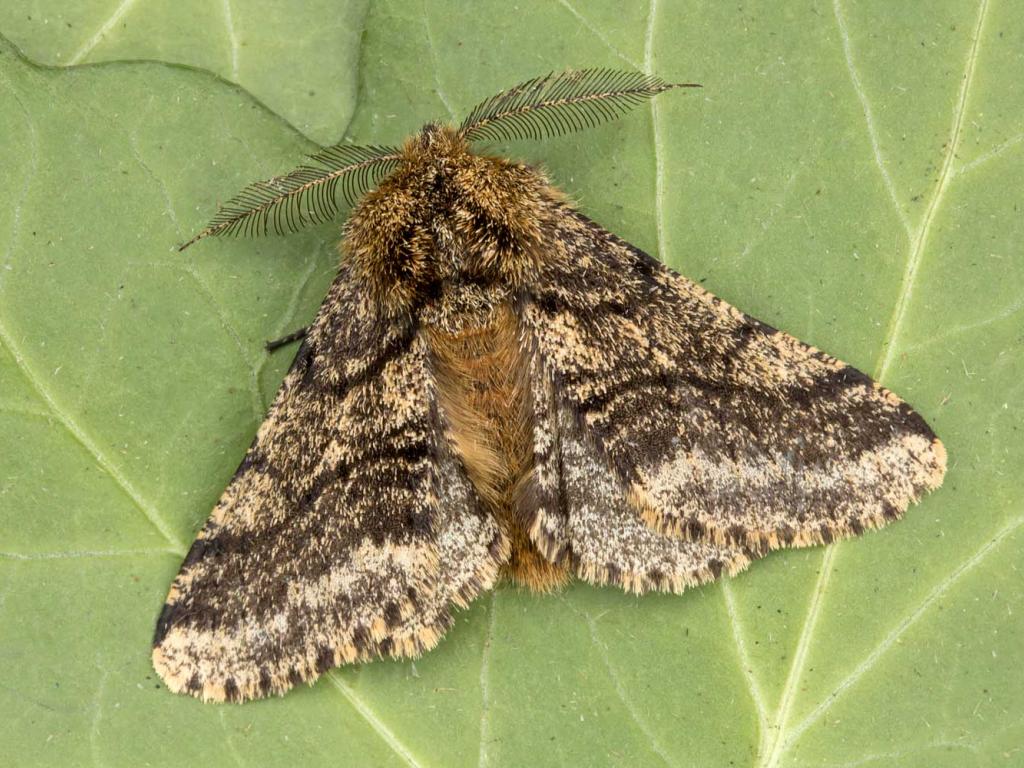
Brindled Beauty - Peter Maton
Brindled Beauty
Peter Maton
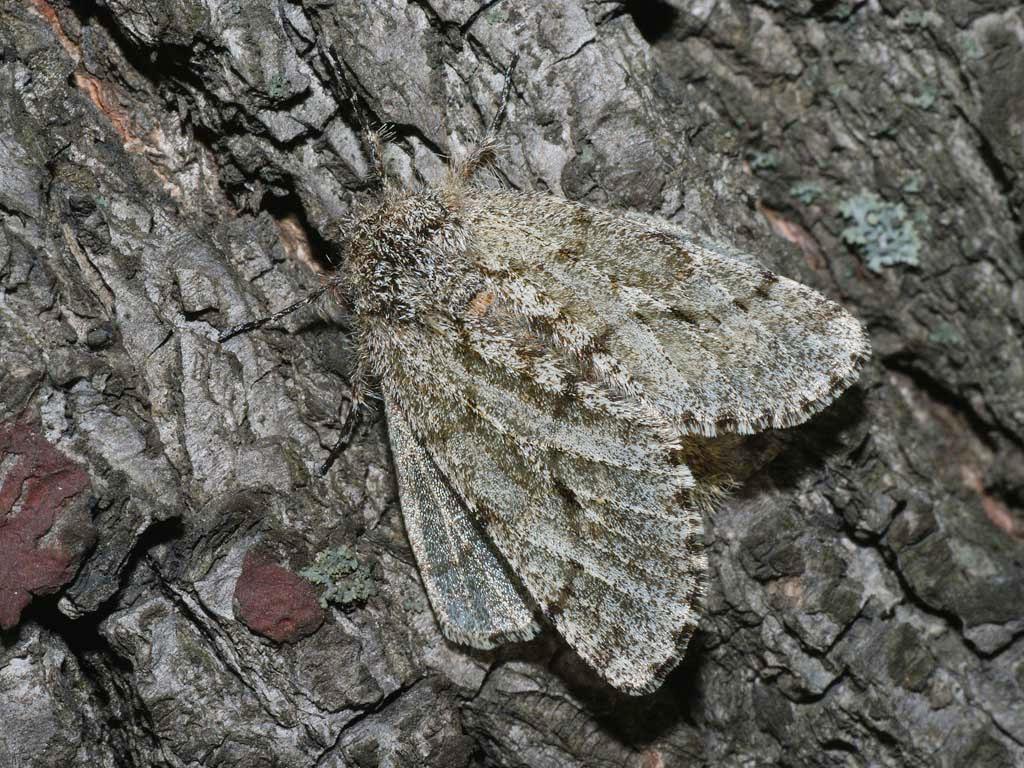
Brindled Beauty (female) - Ilia Ustyantsev
Brindled Beauty (female)
Ilia Ustyantsev
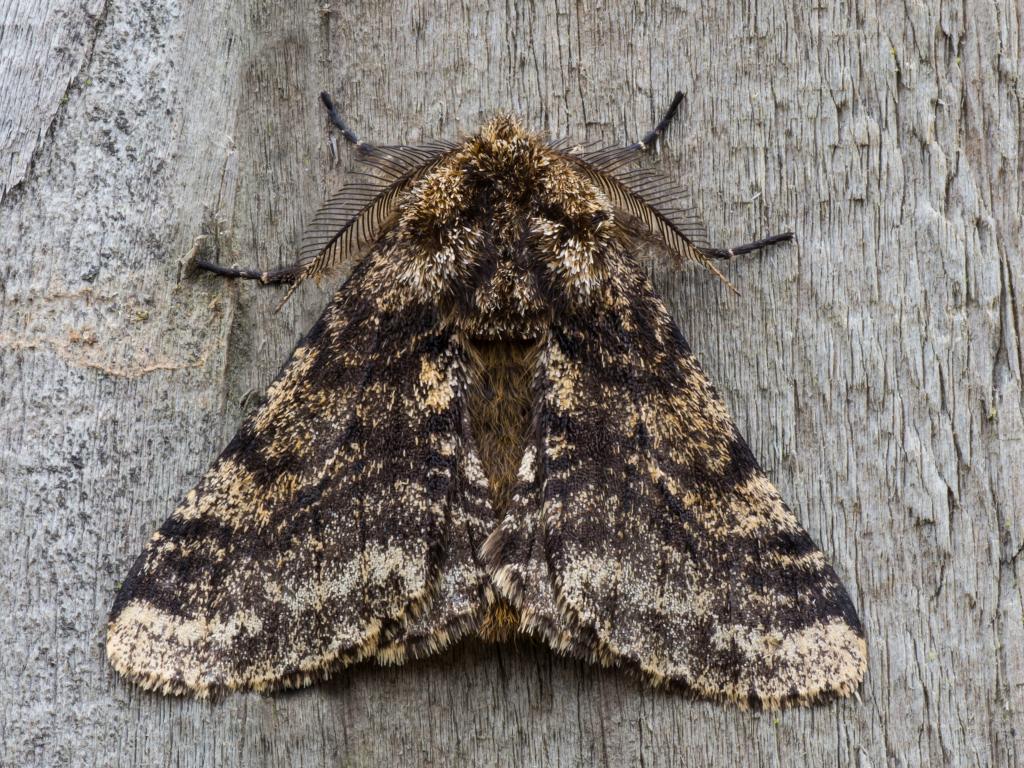
Brindled Beauty - Derek Parker
Brindled Beauty
Derek Parker
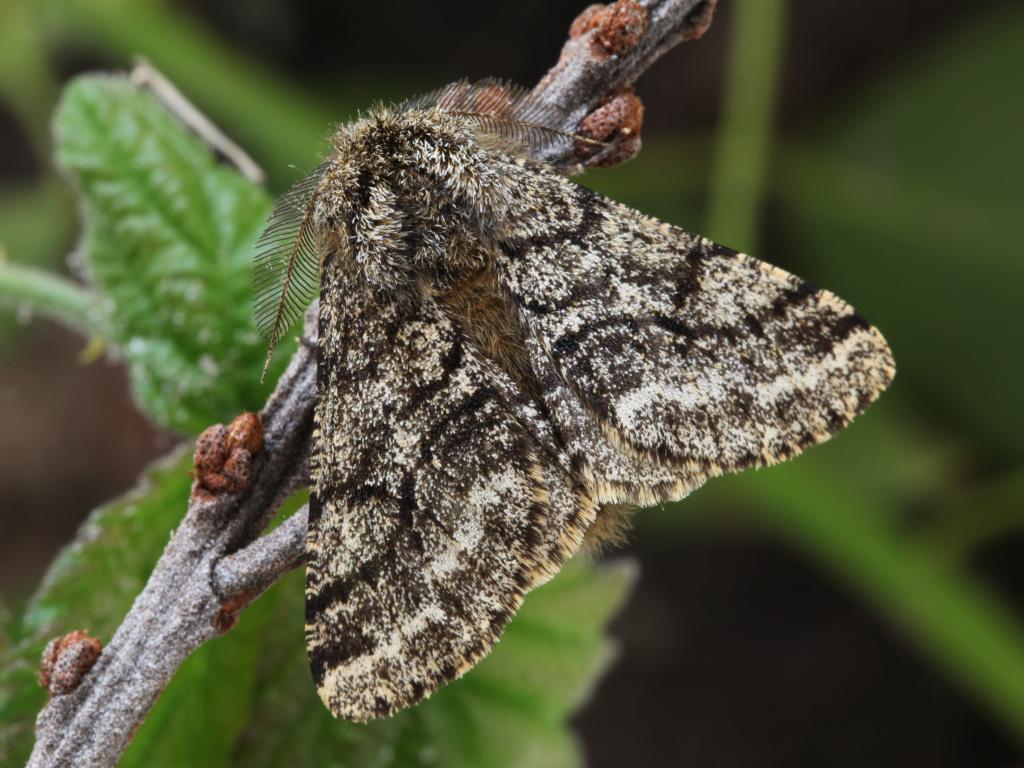
Brindled Beauty - Garry Barlow
Brindled Beauty
Garry Barlow
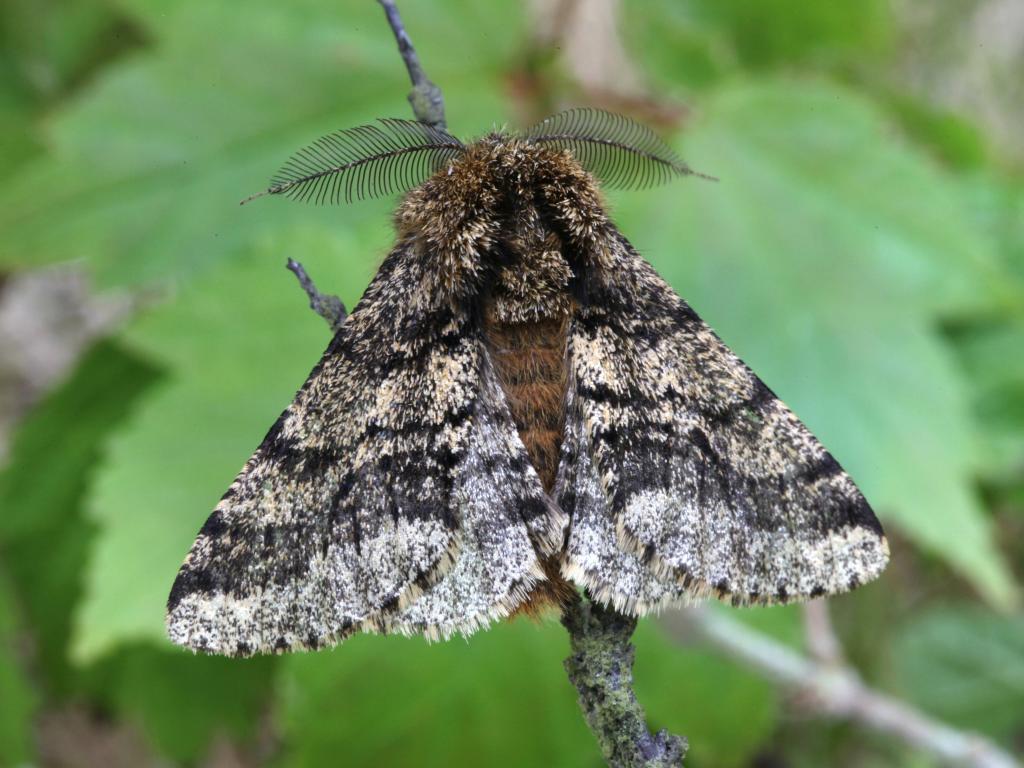
Brindled Beauty - Garry Barlow
Brindled Beauty
Garry Barlow
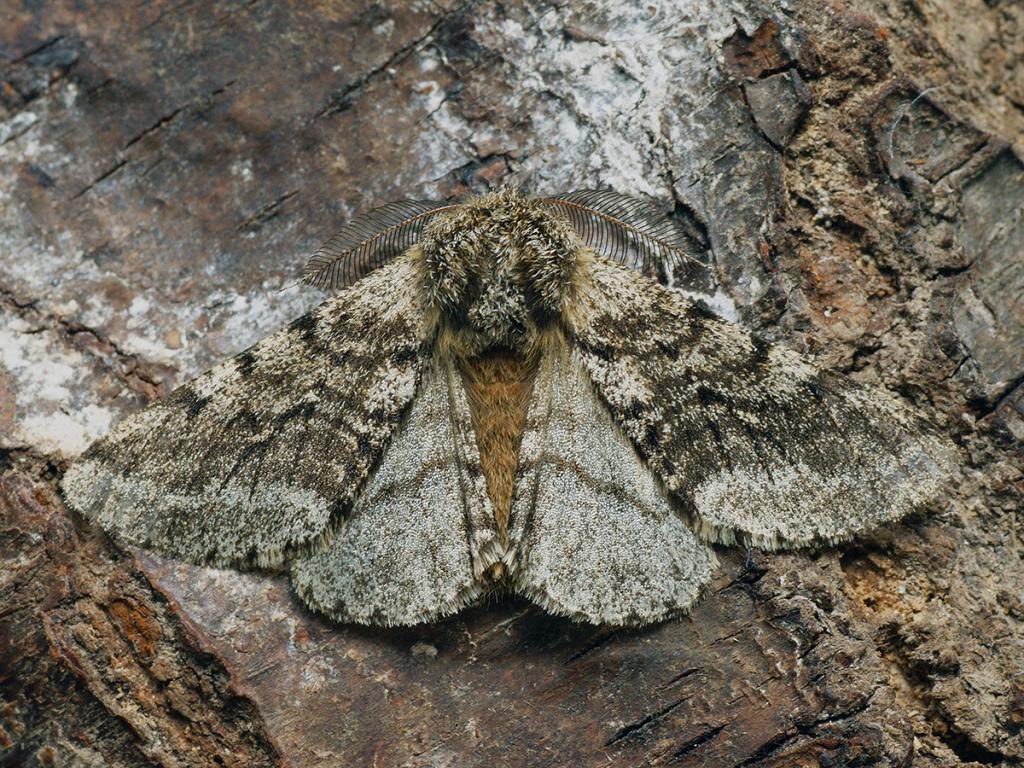
Brindled Beauty (male) - Ilia Ustyantsev
Brindled Beauty (male)
Ilia Ustyantsev
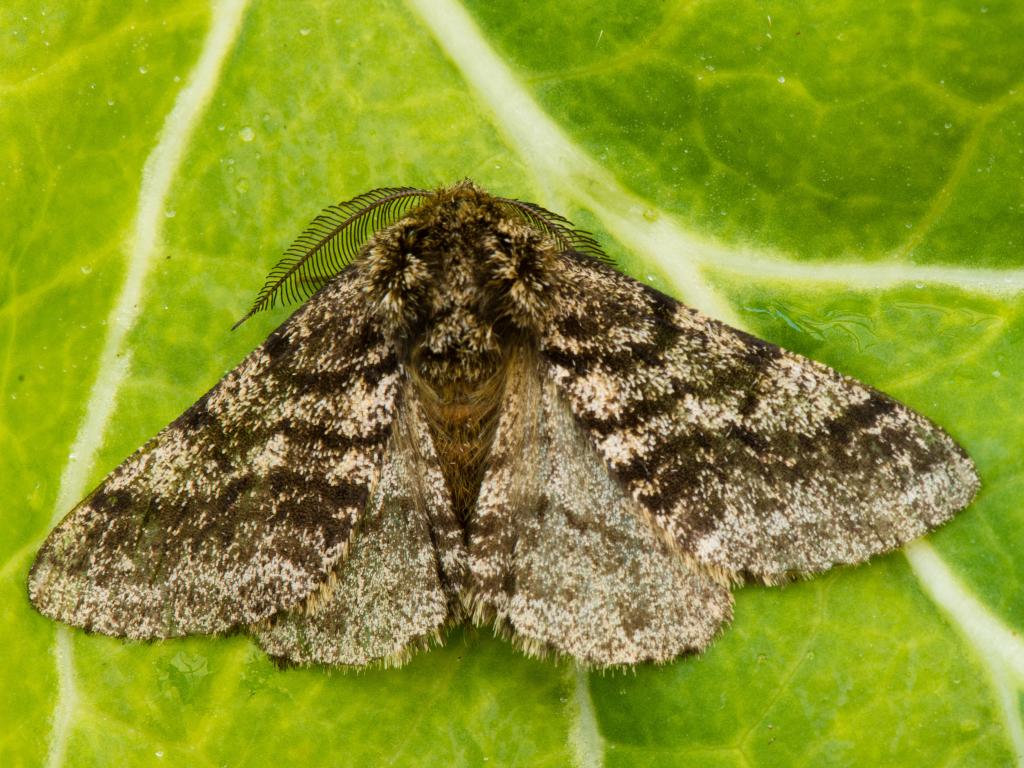
Brindled Beauty - Koen Thonissen
Brindled Beauty
Koen Thonissen
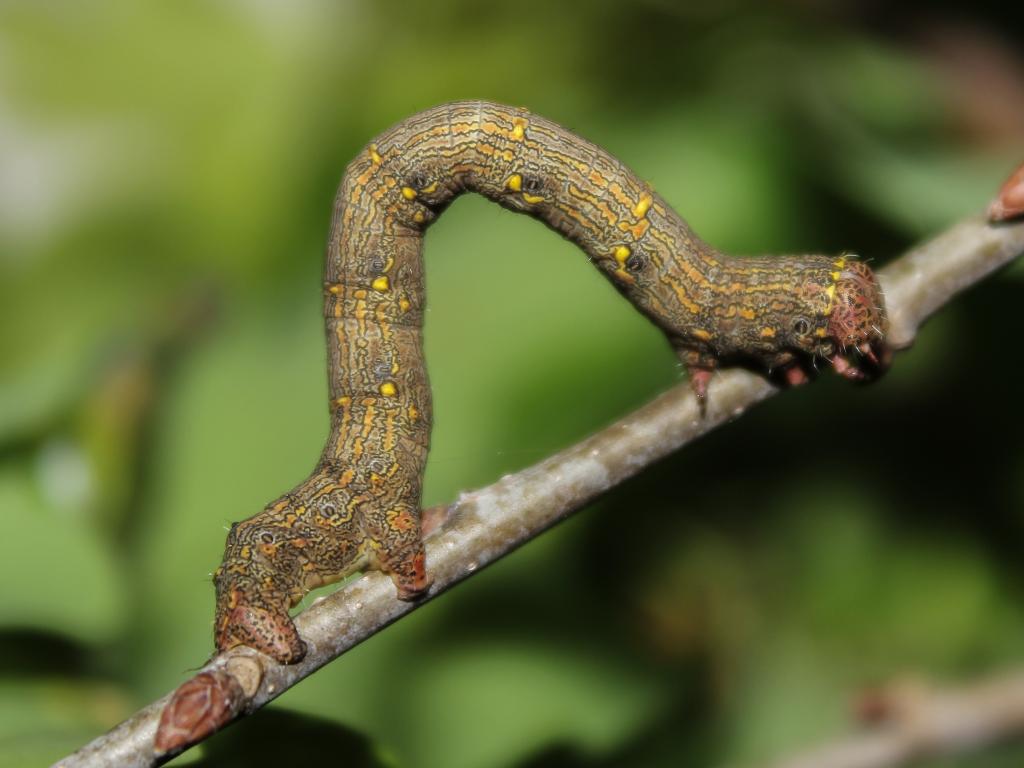
Brindled Beauty (caterpillar) - Marcell Kárpáti
Brindled Beauty (caterpillar)
Marcell Kárpáti
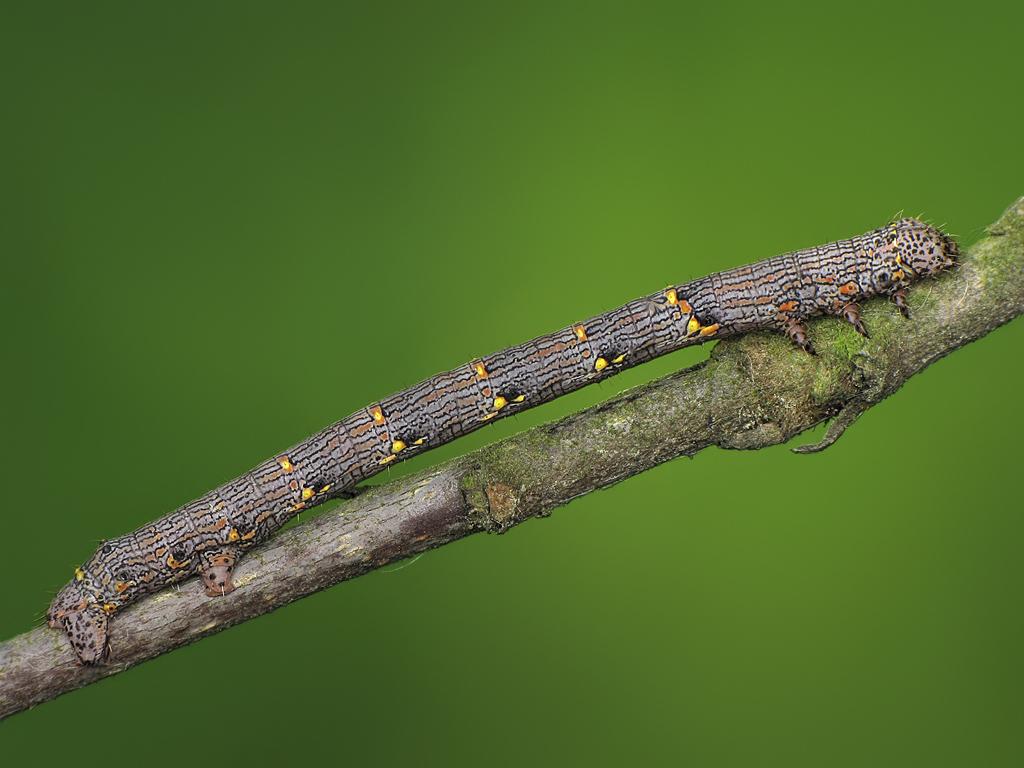
Brindled Beauty (caterpillar) - Ryszard Szczygieł
Brindled Beauty (caterpillar)
Ryszard Szczygieł

